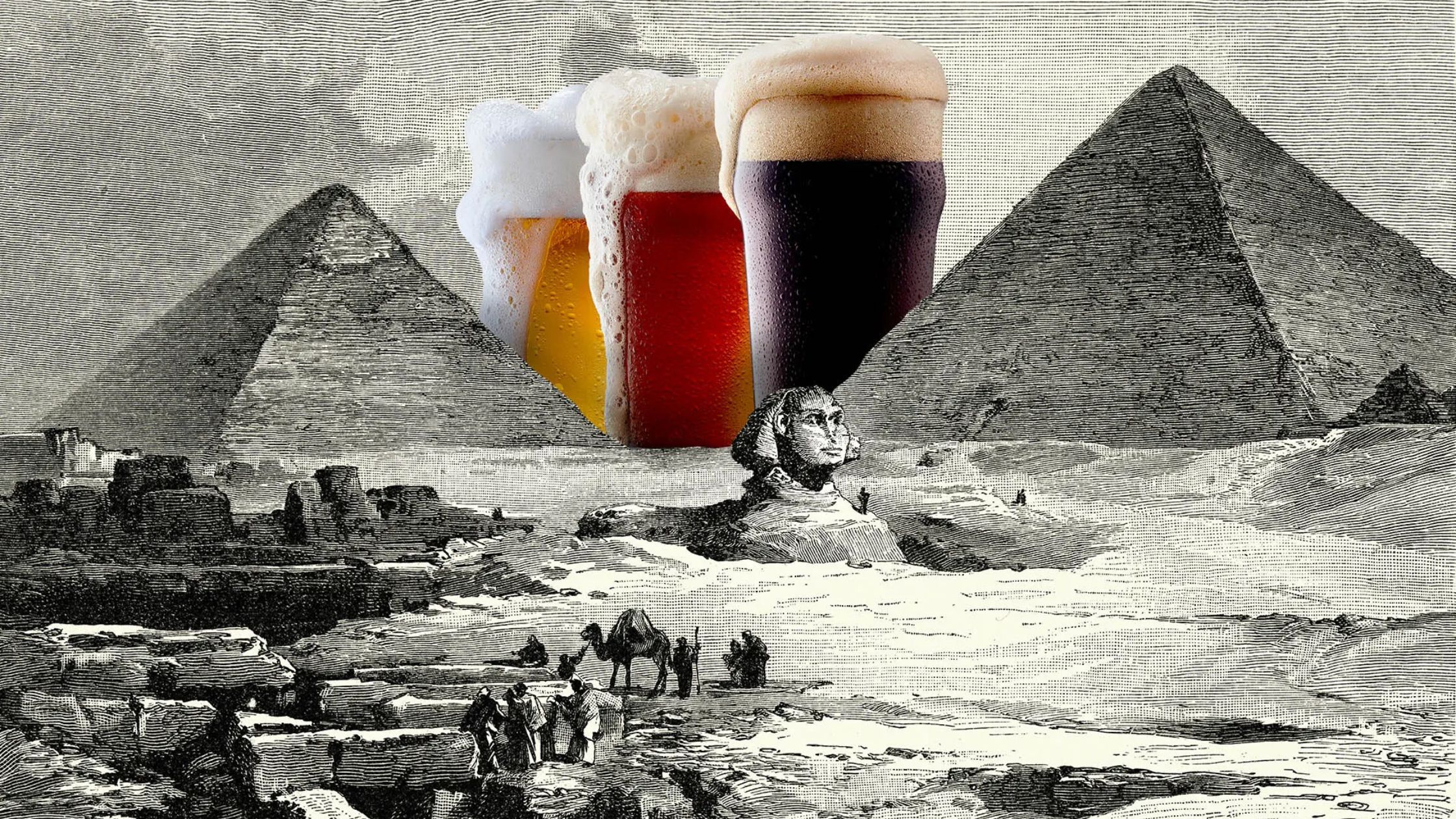Best Liquor Under ₹10,000 for a Perfect New Year 2026 Party
2025-12-05


When you pop open a cold beer today, you are drinking a beverage that has thousands of years of history....Beer is not just a beverage, it is a cultural institution that has been a major factor in economies, societies, and daily life from the civilizations prescribed in the ancient texts, to contemporary craft beer.
In this guide, we will outline the history of beer and its movement through time from ancient Mesopotamia to modern craft beer. Whether you are a curious drinker or an enthusiastic brewer, you will have a greater appreciation of the beer in your hand.
Beer is believed to have originated around 10,000 BCE in the Fertile Crescent, where the earliest civilizations began to settle and farm.
Takeaway: Beer was more than a drink in Mesopotamia. It was woven into ritual, nutrition, and commerce.
The Babylonians inherited and refined beer brewing. Around 3,000 BCE, they were already producing over 20 different styles.
| Feature | Babylonian Beer Culture |
| Daily Allotment | Citizens received beer based on status |
| Legal Protection | Code of Hammurabi regulated beer rations |
| Unique Drinking Style | Thick beer consumed using straws |
Fun Fact: Beer was often used as a form of payment.
Takeaway: Babylon turned beer into a regulated, valuable commodity.
By 1500 BCE, Egyptians were brewing beer on a larger scale. They sweetened it with honey and flavoured it with herbs.
Takeaway: Beer supported massive projects and was central to everyday life.
In ancient Greece and Rome, wine took center stage. Beer existed, but it was often viewed as a drink for the lower class.
Takeaway: While beer survived, it took a backseat to wine in classical Europe.
The Middle Ages saw beer move into monasteries, where monks brewed it not just for nourishment but as a way to support their communities.
Beer Fact: Some monks drank up to five litres of beer per day!
Takeaway: Monasteries kept beer alive during turbulent times.
In 1516, Germany introduced the Reinheitsgebot, also known as the Beer Purity Law.
Law Breakdown:
| Allowed Ingredients | Reason |
| Water | Base |
| Barley | Fermentable grain |
| Hops | Flavour and preservation |
Later, yeast was added to the list after Louis Pasteur discovered its role in fermentation.
Takeaway: The Reinheitsgebot shaped German beer into a symbol of purity and quality.
As Europeans moved to North America, so did the beer brewing traditions.
Takeaway: America helped scale beer production and innovation.
In 1920, the U.S. implemented Prohibition, banning the production and sale of alcohol.
Takeaway: Prohibition reshaped beer culture and forced innovation in the black market.
In recent decades, the modern craft beer movement has transformed the beer industry.
Community-Focused: Taprooms, events, and collaboration
| Country | Breweries (approx.) | Notable Trend |
| United States | 9,000+ | Hazy IPAs, sours, stouts |
| Germany | 1,500+ | Classic lagers and pilsners |
|
UK |
2,000+ | Cask ales, modern IPAs |
Takeaway: Craft beer is now a global movement celebrating creativity and community.
Read also: Beer and Food Pairing Guide: What to Eat with Every Type of Beer
From ancient temples to modern taprooms, beer has always occupied a place in human society. The tale of beer is a history of survival, adaption, and constant reinvention.
Whether you're swigging a traditional German lager or a mango-flavored IPA, you're tasting history--one gulp at a time.
For Regular Updates : Join WhatsApp Channel